Global climate change represents a grave threat to the majority of the Earth’s ecosystems. This is especially true for the Polar Regions, which will experience the largest rises in temperature within the coming century.
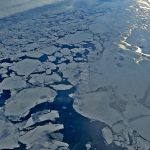
Satellite images provide a wonderful record of the last fifty years of global change. We have pioneered new methods to map wildlife habitat and proxies for biodiversity and habitat, as well as agricultural abandonment and other types of land use change for large areas. We analyze MODIS/VIIRS data across the globe, Landsat and Sentinel-2 across continents, and high-resolution CORONA spy satellite imagery across countries.

Global climate change represents a grave threat to the majority of the Earth’s ecosystems. This is especially true for the Polar Regions, which will experience the largest rises in temperature within the coming century.
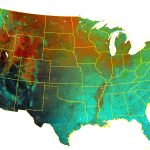
To better understand avian species richness and abundance, Elena Razenkova is developing Dynamic Habitat Indices from Landsat data.
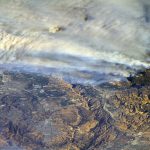
To assess the effects of exurban development in California, Neda Kasraee is exploring the long-term changes in housing density in areas under high wildfire threat.
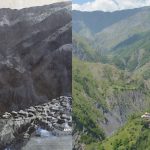
Developing methods for detailed land cover mapping to assess more than half-a-century of change.
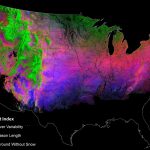
David Gudex-Cross and Likai Zhu are developing new satellite-based indices of snow and frozen ground dynamics for winter biodiversity assessments and other conservation applications.